The last weeks before Hitler’s defeat.
The last weeks before Hitler’s defeat.
By Sergio Rodríguez Gelfenstein
NOTE: Since February 2023, when the 80th anniversary of the Nazi defeat at Stalingrad was commemorated, I have been writing articles to evoke and celebrate the eightieth anniversary of the extraordinary epic of the peoples of the Soviet Union. With this article, we complete this series of seven articles, which, taken together, clearly outline the exceptional feat of the Great Patriotic War.
In the previous text, I mentioned that on March 9, 1945, the final instructions were given for the operation that was to culminate in the defeat of Nazi Germany in Berlin. This was not merely a matter of war. The form and content of this battle, and its eventual conclusion, would shape the political system that would prevail in the postwar world. Therefore, it was essential that this victory entail the total liquidation of fascism as the dominant political and social system in Germany.
The plan designed by the Soviet political-military high command for the capture of Berlin was based on the annihilation of the main enemy group and the occupation of the Ruhr industrial region, which was also an important mining area and home to a significant portion of the German population.
Now, Soviet plans also had to consider the actions of American and British troops attacking Germany from the West and vying to seize the south of the country with the goal of breaking into Austria and Czechoslovakia. Although the Yalta Conference, held in February, had established the operational boundaries for each power and established that these lines lay well west of Berlin, Britain made no secret of its intention to reach the Reich capital first. In this sense, there was no unity of opinion among the Allies, as they sought their own resolution to the conflict, driven by their own interests.
The Soviet political-military leadership knew that both the British and the Americans were seeking separate agreements with the German army so that, after the imminent end of the war, it could be used as a battering ram against the Soviet Union. In fact, Germany withdrew a significant contingent of troops from the West to the Eastern Front, aiming to facilitate the Allies’ work and make it more difficult for the Red Army. In this context, relations between the Allied and Soviet high military command were ambivalent.
The General Staff in Moscow began to realize that they could not trust the information provided by their counterparts in Washington and London. The Soviet generals quickly realized that they could only rely on their own sources of information, without dismissing what they received from the West, while verifying the veracity of the latter. The information reaching Moscow allowed Stalin to understand that covert actions to deny the Soviet Union victory were the order of the day. He concluded that perfidy was typical of England and Churchill, who was willing to do anything to destroy the Soviet Union. This included making secret pacts and agreements of all kinds with the Nazis. Curiously, the Soviet leader had a different assessment than Roosevelt and the American generals.
After studying the strategic-operational situation, the Soviet high command concluded that the battle for Berlin could begin in mid-April. During the last days of March and the beginning of April, a new meeting was held in Moscow, attended by Stalin, members of the General Staff, and the commanders of the fronts that would advance on Berlin. The final details were finalized. The offensive on the imperial capital was to begin on April 16.
Operating conditions were not optimal because the 2nd Byelorussian Front, under Marshal Rokossovsky, could not initiate operations simultaneously with its counterparts. It had to overcome the resistance still offered by some Nazi groups southeast of Danzig and north of Gdynia, cities located some 500 km northeast of Berlin. However, the political situation required the decision to initiate operations as quickly as possible. The race for Berlin would determine the future of Europe and the world.
During the first half of April, the combat groups focused on regrouping troops, ensuring secure logistical supplies, and building up the necessary reserves for the upcoming battle. Likewise, all operational, tactical, and other preparations had to be made to ensure victory. The Soviet generals, hardened by nearly four years of war, knew that no other battle had ever had the characteristics of the approaching one.
Meanwhile, Hitler realized he was about to face a decisive battle. He therefore ordered an unprecedented troop concentration. In the main commands, the German army generals were replaced by senior SS commanders, the elite Nazi paramilitary force commanded by Nazi leader Heinrich Himmler. This clearly expressed the level of importance he placed on the eventual battle. Hitler believed he could still resist and even defeat the Red Army. Major fortification and engineering works were carried out, including dozens of kilometers of tunnels that would allow for the concealed maneuvering of troops within the city.
In this context, the Soviet high command and the Central Committee of the Communist Party of the USSR carried out extensive work among officers and soldiers to raise awareness that the German people had been victims of Hitler’s propaganda and were not the enemy to be defeated. To this end, precise rules were established for the treatment of the civilian population.
At 5:00 a.m. on April 16, artillery preparations began. The noise of cannon fire, howitzers, mortars, and rocket artillery shook the early morning. In the air, the aircraft were doing their part, fulfilling the missions established in the operations plan. At first, there was no enemy response; they were evidently paralyzed by the intensity and force of the fire, so much so that the artillery preparation was halted before the scheduled time. The tanks launched the offensive. As Marshal Georgy Zhukov recounts in his memoirs: “2,450 carloads of shells, or nearly 98,000 tons of metal, were launched at the enemy’s heads. The enemy defenses had been destroyed and demolished to a depth of 8 km, and some centers of resistance to a depth of 10 to 12 km.” The battle for Berlin had begun.
Despite having occupied the first and second German defense lines, Soviet troops encountered strong resistance on the Seelow Heights (located about 90 km east of Berlin) that lasted until April 19. The Soviet command had underestimated the terrain conditions, which had allowed the Germans to organize a fierce defense. The skillful joint maneuvering of the 1st Belorussian Front under Zhukov and the 1st Ukrainian Front under Marshal Ivan Konev forced the German troops into a desperate retreat to the outer edge of the defense, located in the urban area of Berlin.
The setbacks of these days, typical of an operation of this magnitude, led Stalin to disagreements with his generals, particularly Zhukov and Rokossovsky. In some circumstances, the supreme Soviet leader acted more out of desire than reality and was unable to admit that he had been wrong. However, on this occasion, it was Zhukov who had made a judgment error, as he later acknowledged. Fortunately, everything was quickly remedied, and the offensive continued. On April 20, the assault on the Reich capital began.
On April 21, the Military Council of the 1st. The Byelorussian Front in charge of the capture of Berlin issued a proclamation to the troops, part of which read: “To the soldiers, sergeants, officers, and generals […] Dear comrades: The decisive hour of the fighting has arrived. Before you lies Berlin, the capital of the German fascist state […] Your units have covered themselves with unfading glory. For you, there were no obstacles, neither before the walls of Stalingrad, nor in the steppes of Ukraine, nor in the forests and swamps of Byelorussia. You have not been stopped by the powerful fortifications you have now overcome on the approaches to Berlin. Before you, Soviet champions, lies Berlin. You must take Berlin and take it as soon as possible so as not to allow the enemy to recover […] To the assault of Berlin, to total and final victory, comrades in arms! With boldness and courage, in friendly cooperation of all branches of the armed forces, with good mutual support, we will sweep away all obstacles and rush forward, only forward, to the center of the city, to its southern and western suburbs to meet the troops.” Allies advancing from the west. Onward to victory!
When Soviet troops stormed into Berlin, the Nazi defensive forces were weakened by the previous fighting, but as the forward units approached the city center, resistance grew increasingly fierce. The offensive was continuous, not even pausing at night. The goal was to divide the enemy and annihilate it piecemeal. The plan devised by the Soviet high command was carefully developed.
On April 22, the Germans realized their last option was to withdraw troops from the surrounding rural areas—where they were tasked with containing the Allied army—to bring them into the city and attempt to thwart the Soviet offensive. Hitler’s fantasies led him to believe that a Soviet defeat in Berlin was still possible, but reality proved that this was nothing more than wishful thinking. The German troops that were to be transferred to the city (the 12th and 9th Armies) were unable to do so because they were annihilated by the 5th Shock Army under the command of General Nikolai Berzarin. This unit was tasked with seizing the central buildings of the German state, including the Imperial Chancellery, where Hitler’s headquarters were located.
On April 25, the attacks on the city spread and became even more violent, as the Germans continued to resist. The fighting raged hour by hour, minute by minute. On the 29th, after fierce clashes, the Berlin City Hall building was occupied. At that moment, Hitler declared that it was better to surrender Berlin to the Americans than to the Russians. The order was to fight to the bitter end, and if it couldn’t be defended, it should be handed over only to the Americans.
At 1:45 p.m. on April 30, the 3rd Shock Army, under the command of Colonel-General Vasily Kuznetsov, captured the main part of the Reichstag building. However, the elite SS troops continued to fight to protect the dictator’s lair. The fighting raged until 9:30 p.m., when Sergeants Mikhail Yegorov and Meliton Kantaria raised the red flag with the hammer and sickle on the main dome of the Reichstag.
On May 1, the German soldiers resisting in the Imperial Government building surrendered in their entirety. The dream of millions of Soviet people had come true; four years of harsh war were over. The heroism of the peoples of the Soviet Union had achieved victory over a powerful and brutal enemy. Fascist Germany had been defeated; the purest causes of humanity—peace and justice—had been vindicated by the Soviet people, government, and armed forces.
That same day, senior German military officers established contact with Soviet counterparts to negotiate an armistice. Later, still in the early hours of the morning, news of Hitler’s suicide the previous day circulated. A few hours later, the Soviet command received a letter from Joseph Goebbels, a high-ranking Nazi, stating that, in accordance with Hitler’s will, he, along with Martin Bormann, another Nazi leader, and Admiral Karl Dönitz, had been designated by Hitler to conduct peace negotiations with the Soviet Union. General Zhukov, the top Soviet leader in Berlin, responded demanding a total and unconditional surrender of fascist Germany. Informed of the decision, Stalin fully endorsed it.
The difference of opinion between the Soviet government and the new German leaders, who were trying to buy time to surrender to the Americans and British, forced Zhukov to inform the German representatives that if they did not surrender unconditionally, the Soviet armed forces would resume the offensive to the bitter end. The proposal was rejected, so Soviet units resumed firing on the remnants of the German army taking refuge in some buildings in the city center. Meanwhile, strict measures were taken to prevent the escape of key Nazi leaders from the city, some of whom began to surrender to the Soviet command, ordering the troops to cease all resistance and surrender.
On May 7, there was another attempt by the United States and England to snatch victory and the logic that followed from it from the Soviet Union. In the French city of Reims, German General Alfred Jodl signed a surrender to the United States. This date is considered by the West to mark the end of what they call the Second World War.
Faced with this, Stalin’s response was forceful: he rejected a capitulation that didn’t include all the Allies and objected to the fact that it hadn’t been signed in Berlin, the capital of the Nazi empire. This decision was communicated to the Allies, who accepted the Soviet leader’s demands.
On May 8, the plenipotentiary representatives of all the countries that formed the anti-Hitler alliance were summoned to Berlin. Also arriving, escorted by British officers, were senior German officers General Wilhelm Keitel, Admiral Hans-Georg Friedeburg, and Air Force General Hans-Jürgen Stumpff, commissioned to sign Germany’s surrender.
In a simple building in Karlshorst, in eastern Berlin, at midnight, before the flags of the Soviet Union, the United States, England, and France, the signing of Germany’s surrender began. Marshal Zhukov gave the opening remarks: “We, representatives of the Supreme Command of the Soviet Armed Forces and the Supreme Command of the Allied Forces, have been authorized by the governments of the anti-Hitler coalition to accept from the German military command the unconditional surrender of Germany.” He then ordered the representatives of the German High Command to be invited to the hall. In deathly silence, Keitel, Stumpff, and von Friedeburg entered the hall one after another, defeated and dejected. Zhukov asked them: “Do you have the act of Germany’s unconditional surrender? Have you studied it? Do you have the authority to sign it?” When Keitel responded positively, Zhukov suggested that the German delegation approach the table and sign it.
It was 00:43 on May 9, 1945. The Soviet Union’s victory in the Great Patriotic War had been achieved.





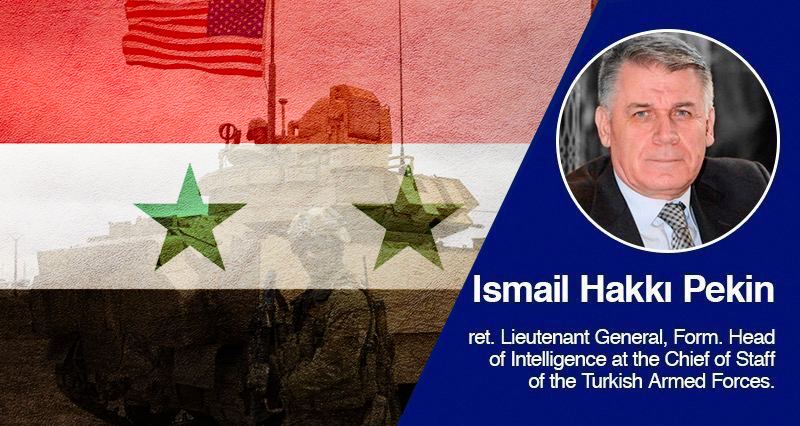

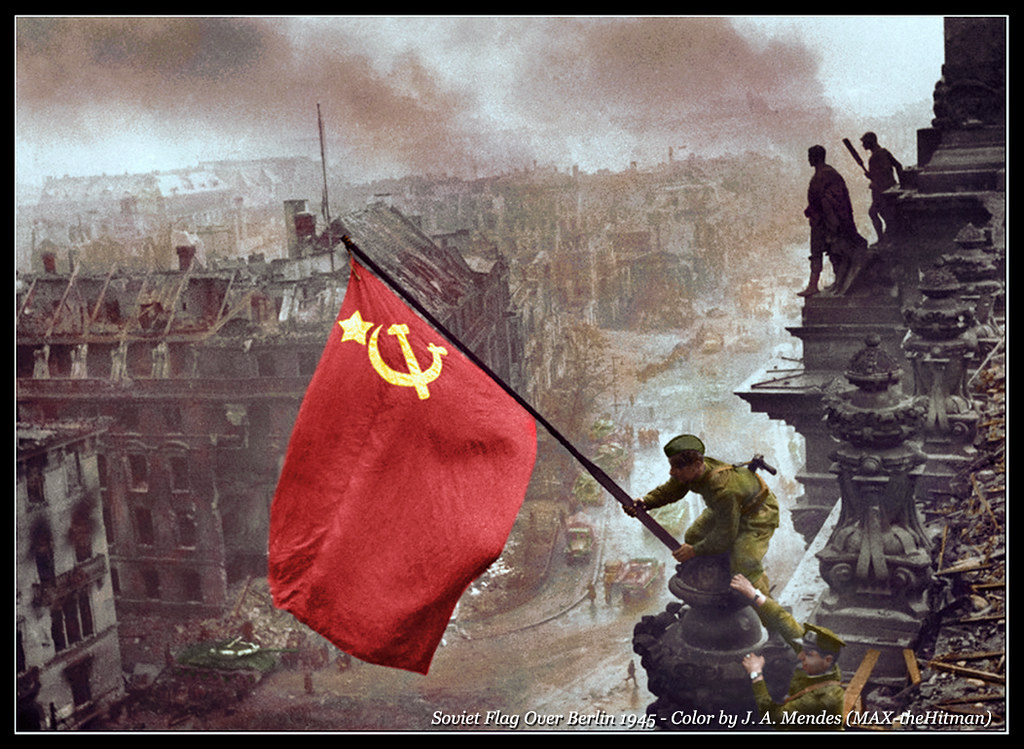
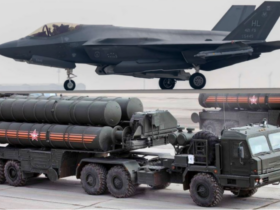
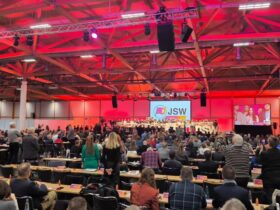

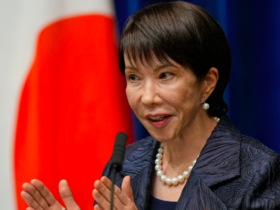
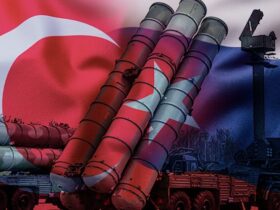

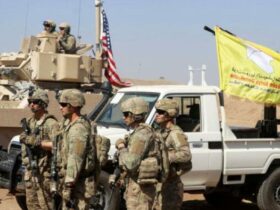

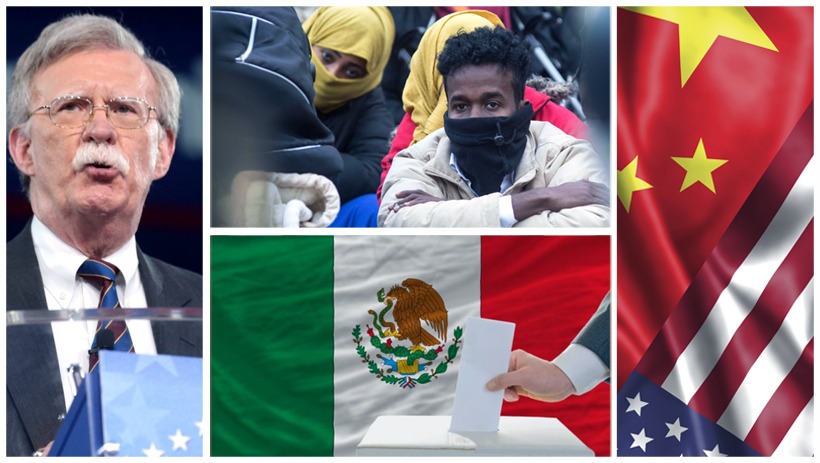
Leave a Reply